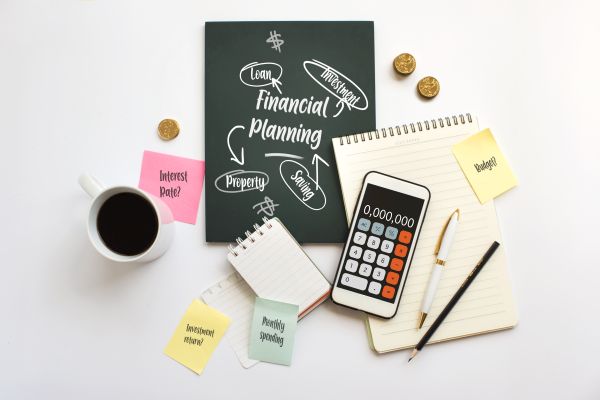Money Management: Monthly Expenses Budget Creation
Monthly expenses budgeting basically refers to the process of creating a plan on how to spend your money wisely each month. Setting a budget will help you be more mindful of how you spend your money, prioritize spending on important items and at the same time reduce spending on things that aren't. Here’s a step-by-step guide on how to create a monthly expenses budget that you might find useful.
Step 1: Calculate Your Net Income

Step 2: Track Your Expenses for 2-3 months
After that, track your expenses for at least 2 months (3 would be better). This is to determine what your core monthly expenses are. While tracking, you would need to draw out 2 separate lists: fixed expenses and variable expenses. Fixed expenses are the ones that do not change, like your monthly bills including rent, mortgage, utility payments and insurance expenses. Variable expenses on the other hand are the expenses that change like petrol, groceries and other household items. You may refer to your online banking apps to help you track these expenses.
Step 3: Start Setting Financial Goals
After you’ve determined your basic spending habits, you can start setting financial goals of your own. While determining your goals, you should also be persistent on what you wish to achieve. Ask yourself questions such as: “Do I want to create long term wealth?”, “Do I want to be debt free by the year x?” or perhaps “Can I save enough money to start making investments?” This part is really subjective as it differs from person to person. Focus and narrow it down to what you really wish to achieve and budget accordingly.

Step 4: Make A Plan
You can now make a plan based on the expense details that you have derived. You could also do research on all the types of budget plans that are available online. One of the most effective methods as suggested by experts would be the envelope method. It is the practice of allocating a budget for each expense category every month. For instance food, entertainment, shopping and gifts. These categories can vary depending on what you get up to, but common ones include entertainment, gifts for a friend’s birthday, etc. The key of this concept is to not spend more than what is already allocated and by the end of the month, you know exactly how much you have spent and how much you have left. Other popular budgeting plans include the 50/30/20 rule, the reverse budget, and the 60% solution.
Step 5: Adjust Your Spending
Next up, you have to actually carry out your plan by starting to spend in accordance with the plan made. It might be very tempting for you to go over the allocated budget at a certain time, but try your best to stick to the budget that you have set. Give it a go for a few weeks and reflect on your expenses, try to determine whether or not it is projecting the goals that you wish to achieve. If you feel like it makes no difference, you might want to try another budgeting idea. Don't be afraid to find the one that you like and the one that really suits your spending style. Try looking for reliable resources that will be able to help you through your budgeting needs.

The Maintenance Step: Review Your Budget Often
You have reached the end of our budgeting tips and you are good to go! Though it may be a little overwhelming for you in the beginning, it will go a long way in achieving the result that you wish to see in your expenditure wallet. However, bear in mind that there will be unexpected circumstances that you can’t avoid. During times like that, it may be hard to stick with the allocated budget and you might need to spend more. So try your best to adjust and accommodate with the savings that you have. If you miss your goal for the current month, re-evaluate your budget plan, and try making up for it by saving more next month.
All the best!